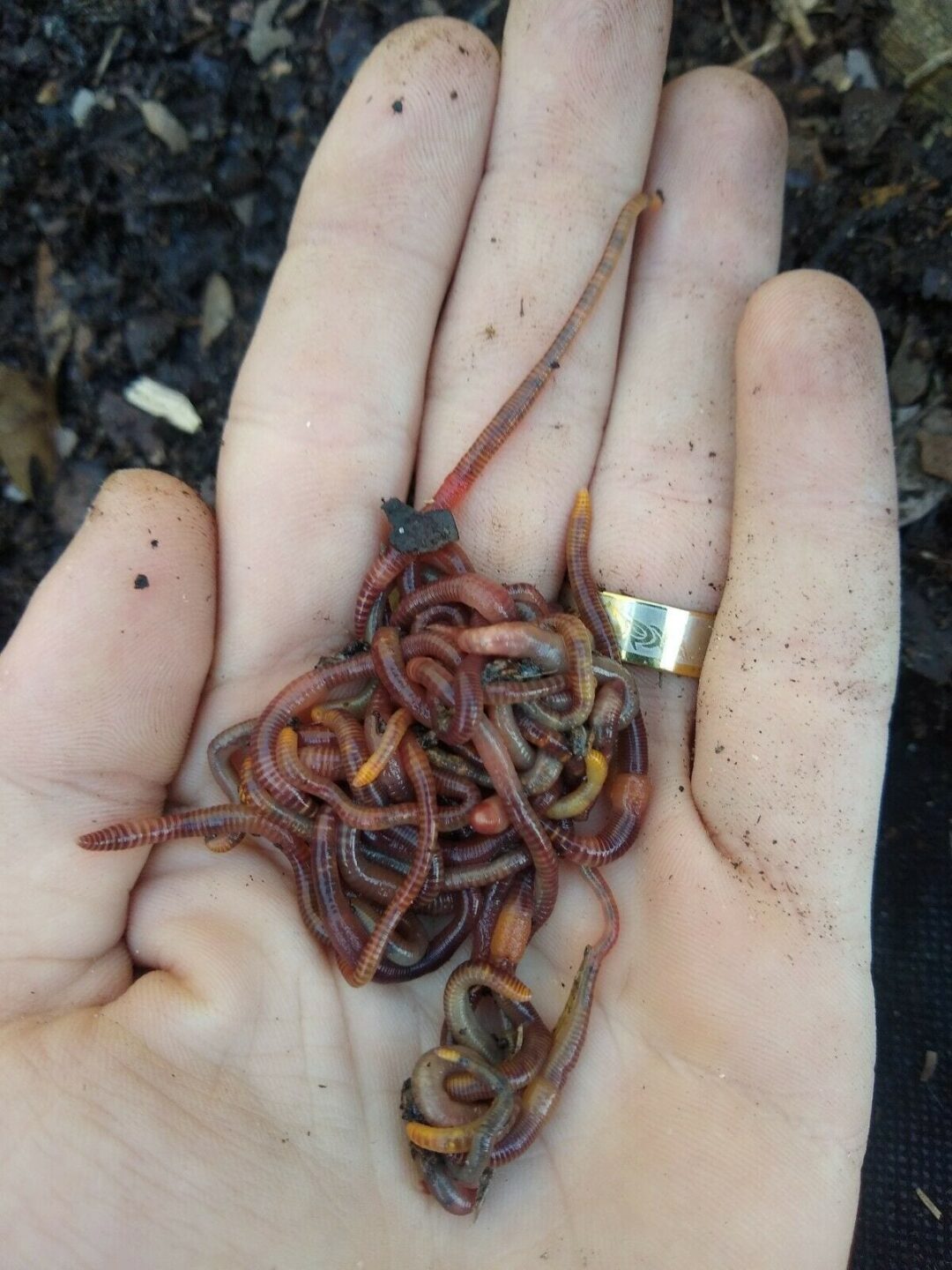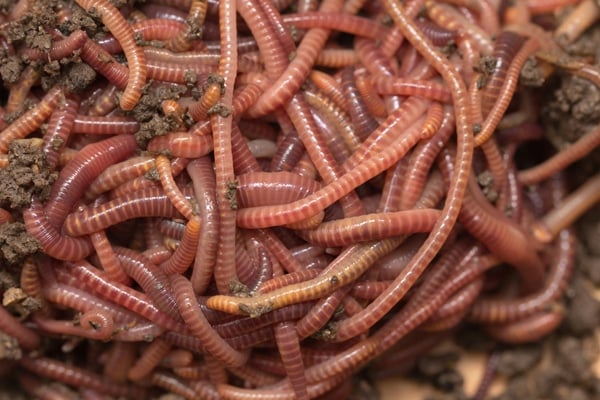How Red Wigglers Can Change Your Composting Experience
The combination of red wigglers into composting methods provides a transformative technique to lose monitoring and soil enrichment. These microorganisms not only quicken the decomposition process yet also generate nutrient-dense vermicompost that enhances dirt health and fertility. Their versatility to numerous atmospheres makes them an appropriate choice for both beginner and skilled composters alike. Nonetheless, comprehending the particular needs and advantages linked with maintaining a thriving worm population is important for maximizing their capacity. What strategies can one use to make certain an effective vermicomposting experience?
Advantages of Red Wigglers
Red wigglers, scientifically referred to as Eisenia fetida, are a foundation of reliable composting systems because of their amazing capability to decompose organic matter successfully. These worms succeed in changing kitchen scraps, backyard waste, and other organic materials into nutrient-rich garden compost, typically described as worm castings. Lake Hickory Bait. This procedure not only decreases garbage dump waste however also adds to lasting gardening practices
Among the key advantages of red wigglers is their high reproduction rate, enabling them to occupy a composting environment swiftly. This quick multiplication improves decomposition rates, resulting in faster garden compost production. In addition, red wigglers prosper in a varied variety of conditions, making them adaptable to various composting setups.

Establishing Your Worm Bin
(Granite Falls NC Worms For Sale)To create an effective worm container for composting, cautious attention has to be offered to its design and setting. A suitable worm container need to be created of products that are sturdy yet enable for necessary air flow, such as plastic or wood. The size of the container can vary, yet a volume of approximately 1 square foot per pound of worms is an excellent beginning factor.
Ensure that the container has water drainage holes to avoid water buildup, which can cause anaerobic problems detrimental to the worms. Furthermore, including ventilation holes will help preserve correct humidity degrees and oxygen circulation.
Next, it is necessary to offer bed linens for the worms, which can consist of shredded newspaper, cardboard, or coconut coir. This bedding not just uses an environment for the worms however likewise help in moisture retention.
Placement the worm bin in an area that maintains a temperature level series of 55-77 ° F(13-25 ° C) to maximize worm activity. Avoid putting the container in straight sunlight or severe temperatures. By adhering to these standards, you can create a helpful atmosphere for red wigglers, boosting the efficiency of your composting process.
What to Feed Your Worms

(Red Wiggler Express)Red wigglers particularly appreciate soft, damp foods like watermelon skins, cucumber peels, and banana peels. However, it is critical to prevent feeding them citrus fruits, onions, and garlic, as these can be destructive to their health. Furthermore, prepared foods, dairy items, and meat should be purely stayed clear of, as they can result in smells and attract pests.
To keep optimum conditions, it's advisable to cut bigger scraps into smaller sized items, helping with quicker decomposition. Begin by introducing tiny amounts of food and keep track of the worms' usage rate; readjust accordingly to protect against overfeeding, which can develop an unhealthy atmosphere. Giving a consistent feeding routine will assist keep your worm population prospering while boosting the total effectiveness of your composting efforts. By recognizing what to feed your worms, you lay the foundation for a successful and lasting composting experience.
Maintaining a Healthy Environment
Creating a thriving composting setting for red wigglers calls for attention to their environment, as it straight influences their wellness he has a good point and performance. The ideal habitat must keep a balanced dampness level, commonly between 60-70%. Extreme dampness can result in anaerobic conditions, while not enough dampness might dehydrate the worms.

The bed linen product in the compost must vary and shredded, including materials like cardboard, paper, and coconut coir. This not only offers a comfortable environment but additionally functions as a food resource. Lake Hickory Bait. Regularly inspecting for smells or indicators of insects can help determine potential issues prior to they escalate
Last but not least, keeping a balanced pH degree, preferably in between 6 and 7, guarantees a favorable habitat for red wigglers, promoting their capacity to process natural issue effectively. By addressing these aspects, you can develop a sustainable and efficient composting ecosystem.
Harvesting and Using Compost
Harvesting compost from a worm container is a gratifying process that changes organic waste right into nutrient-rich material for yards and plants. Once the composting cycle is total, normally after 8-12 weeks, it's time to gather the vermicompost. The initial step involves separating the red wigglers from the completed garden compost. This can be done making use of techniques such as the "light" technique, where worms are attracted to light and can be scooped far from the leading layers, or by relocating the compost to one side of the container and including fresh bedding to the opposite side, encouraging the worms to move.
When the worms are gotten rid of, the staying garden compost can be looked to remove any larger particles or undecomposed material. The end product must have a dark, crunchy texture and a pleasant earthy scent, indicating that it is prepared for usage. This abundant compost can be used directly to garden beds, mixed into potting soil, or used as a leading dressing for potted plants. By integrating vermicompost right into your gardening methods, you not just enhance soil fertility yet additionally advertise healthy and balanced plant development and lasting horticulture approaches.
Verdict
Incorporating red wigglers right into composting techniques considerably improves the decay process and contributes to the manufacturing of nutrient-rich vermicompost. The resulting worm spreadings boost dirt structure, fertility, and microbial task, ultimately advertising healthier plant growth.